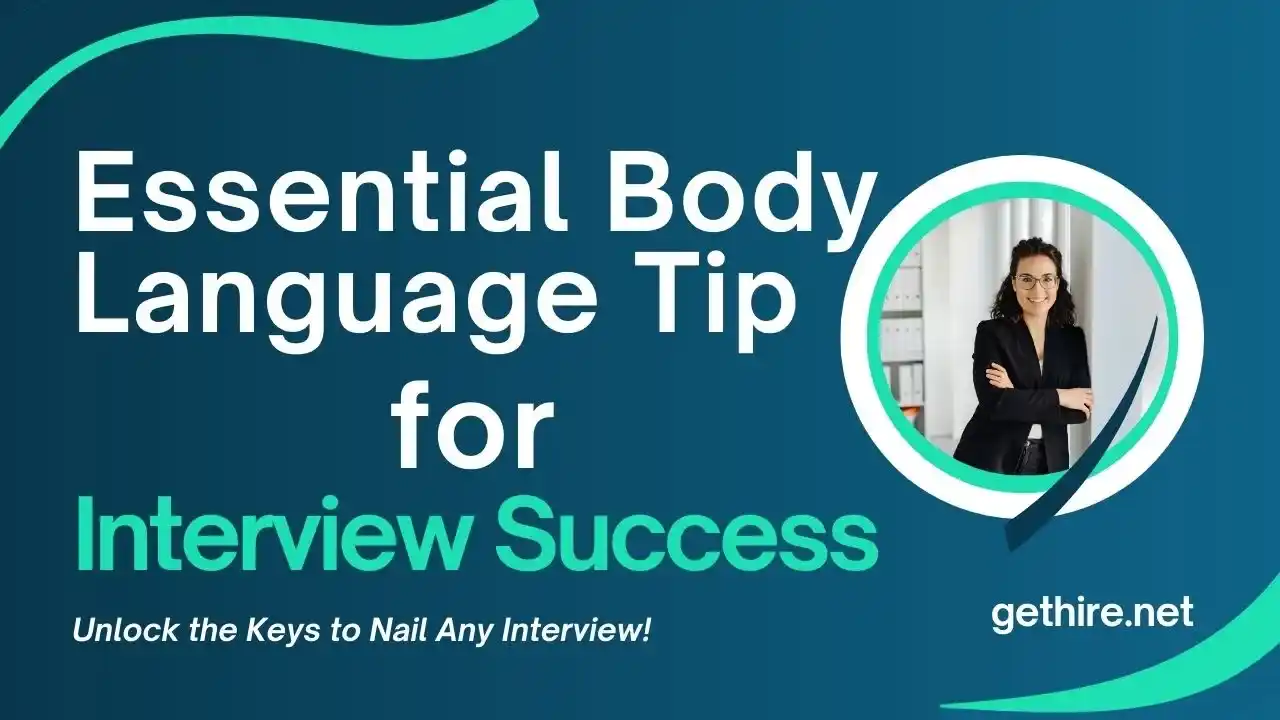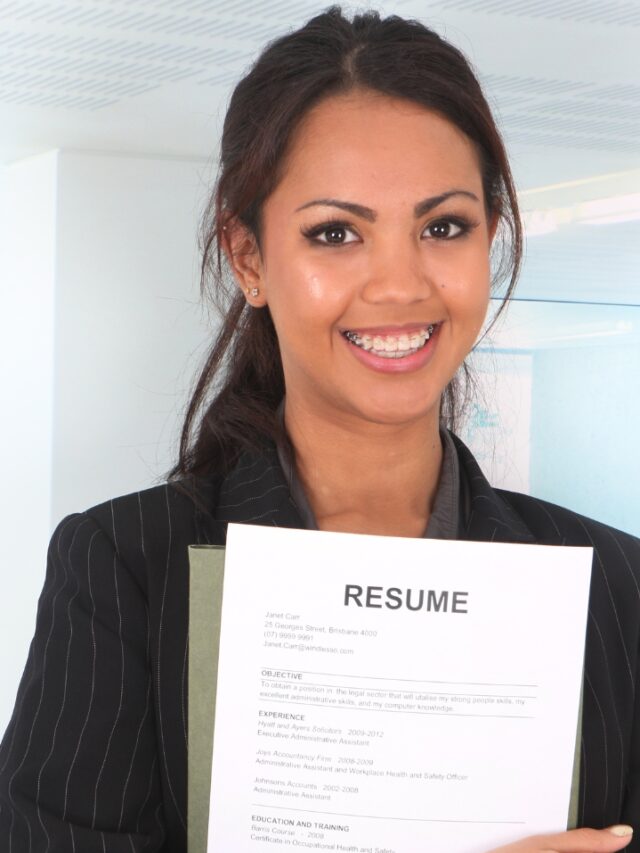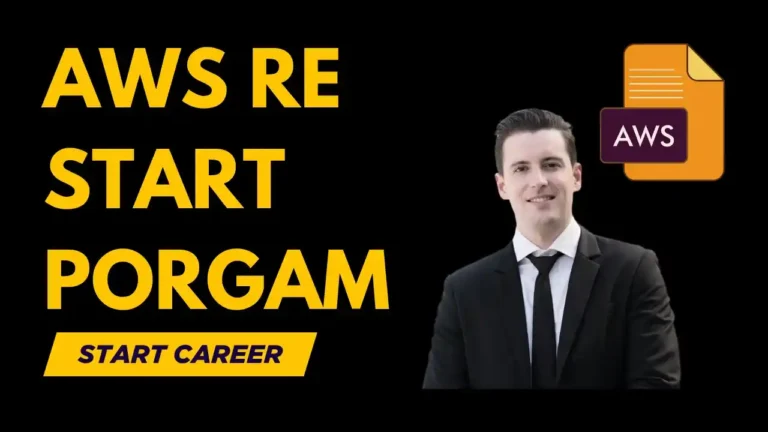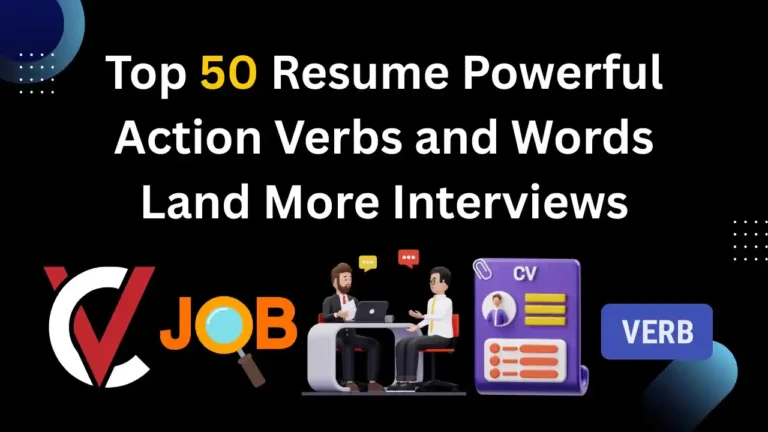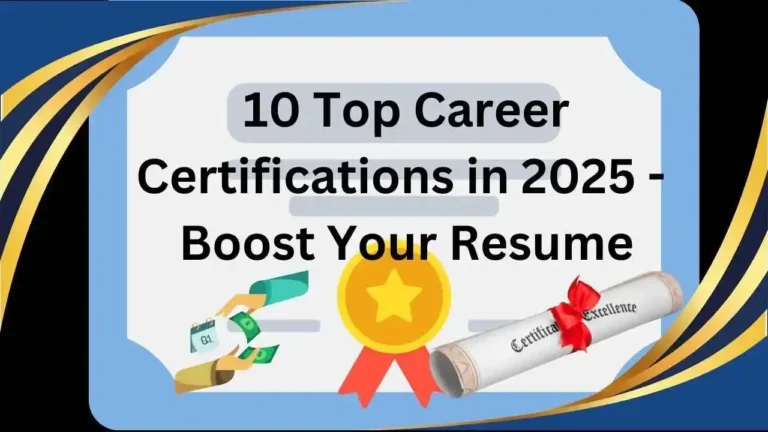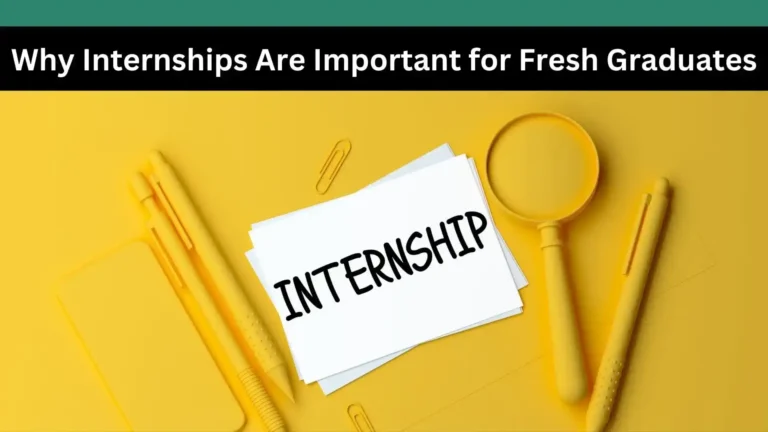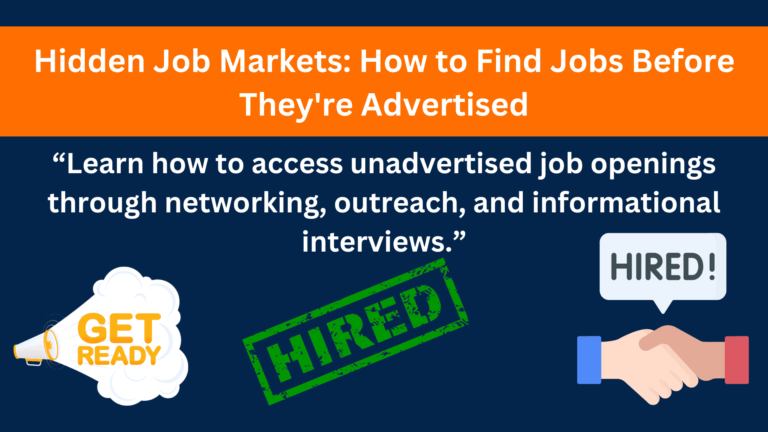Mastering body language during interviews is essential for making a lasting positive impression on potential employers. While your verbal responses matter, non-verbal cues often communicate more than words, influencing how interviewers perceive your confidence and professionalism. This comprehensive guide on “8 Essential Body Language Tips for Interview Success: Ace Your Next Interview” will explore crucial body language tips, common mistakes to avoid, and actionable strategies to help you handle any interview situation successfully.
Experts estimate that body language accounts for over 55% of communication during interviews. Everything from your posture and hand gestures to maintaining eye contact during interviews can significantly impact the outcome. Unfortunately, many candidates overlook these subtle cues, focusing solely on their spoken answers—a mistake that can cost them valuable opportunities.
Consider this scenario: two candidates with equally strong qualifications walk into an interview. One sits upright with a confident posture, maintains steady eye contact, and gestures naturally while speaking. The other fidgets, avoids eye contact, and slouches in their chair. It’s no surprise that the first candidate leaves a stronger, more favorable impression.
In this blog post, we’ll share practical 8 body language tips for interview success, identify common pitfalls, and offer conflict-resolution strategies to help you project confidence and professionalism. Whether you’re preparing for your first job interview or a high-level executive role, mastering these non-verbal techniques will give you the competitive edge needed to stand out.
Read also: 5 Powerful Handling Panel Interviews Tips: How to Stay Calm and Confident
Table of Contents
Read Also: 5 Salary Negotiation Tips for Fresh Graduates to Get What You Deserve
Body Language Tips for Interview Success
Let’s dive deeper into these practical body language tips and detailed insights on common job interview gesture mistakes.
1. Maintain Confident for Your Job Interview Gestures
A confident posture portrays self-assurance and attentiveness. Your job interview gestures signal whether you are engaged and interested or nervous and disconnected.
Common Interview Poster Mistakes and Solutions:

Mistake: Slouching or leaning back too much
- Impact: Indicates disinterest or lack of confidence.
- Solution: Sit upright with your back against the chair and your shoulders relaxed.
- Practice sitting posture exercises before the interview.
Mistake: Leaning too aggressively toward the interviewer
- Impact: Can come across as intimidating.
- Solution: Maintain a slight forward lean to show interest but keep a respectful distance.
Actionable Tip:
When waiting for your turn, practice sitting up straight with both feet on the ground. Keep your hands folded in your lap to convey composure.
Read Also: Top 10 Common Interview Mistakes and How to Avoid Them Easily
2. Perfect Your Handshake
A perfect handshake is one of important part of the interview process.
A handshake often sets the tone for the interview posture mistakes or smoothness. It can communicate confidence, warmth, or even nervousness.

Common Mistakes and Solutions:
Mistake: Limp or sweaty handshake
- Impact: Signals nervousness or lack of confidence.
- Solution: Wipe your hand discreetly if sweaty and practice a firm yet not overpowering grip.
Mistake: Holding on too long
- Impact: Can make the situation awkward.
- Solution: Limit the handshake to two to three seconds.
Actionable Tip:
Practice your handshake with a friend or family member until it feels natural.
Read Also: How to Ace Your Job Interview: Essential Tips for Fresh Graduates to Land Your Dream Job
3. Maintain Natural Eye Contact During Interviews
Eye contact during interviews helps establish trust and shows that you are engaged in the conversation.

Common Mistakes and Solutions:
Mistake: Avoiding eye contact during interviews
- Impact: Can make you appear dishonest or lacking in confidence.
- Solution: Practice maintaining eye contact in mock interviews.
Mistake: Staring intensely
- Impact: Can make the interviewer uncomfortable.
- Solution: Look away occasionally and focus on different parts of the interviewer’s face.
Actionable Tip:
If you are nervous, try looking at the interviewer’s forehead instead of directly into their eyes.
Read Also: How to Prepare for Your First Job Interview as a Fresh Graduate
4. Body Language Tips
To open the floor for the discussion on the topic and points that you are really interested and encouraging yourself into the interview, the Open hand gestures convey honesty and engagement.

Common Mistakes and Solutions:
Mistake: Fidgeting or hiding hands
- Impact: Indicates nervousness or lack of openness.
- Solution: Keep your hands visible and use them naturally to emphasize points.
Mistake: Over-exaggerated gestures
- Impact: Can be distracting.
- Solution: Keep gestures within shoulder width.
Actionable Tip:
Practice using hand gestures while answering questions in front of a mirror. This will surely remove your interview posture mistakes.
5. Smile Genuinely
A warm, genuine smile helps build rapport and makes you more approachable.
Common Mistakes and Solutions:
Mistake: Forced or awkward smile
- Impact: Comes across as insincere.
- Solution: Think of a happy memory to trigger a natural smile.
Mistake: Smiling too much during serious discussions
- Impact: Can seem unprofessional.
- Solution: Match your expression to the tone of the conversation.
Actionable Tip:
Practice smiling naturally in front of a mirror to become comfortable and apply different body language tips on your self. You can see difference in different smile gesture and can maintain the one fit and best for your job interview gestures for upcoming interviews. Even, you can make it your habit and a tone for any interview.
6. Control Nervous Fidgeting
Fidgeting is a common sign of nervousness that can distract interviewers.
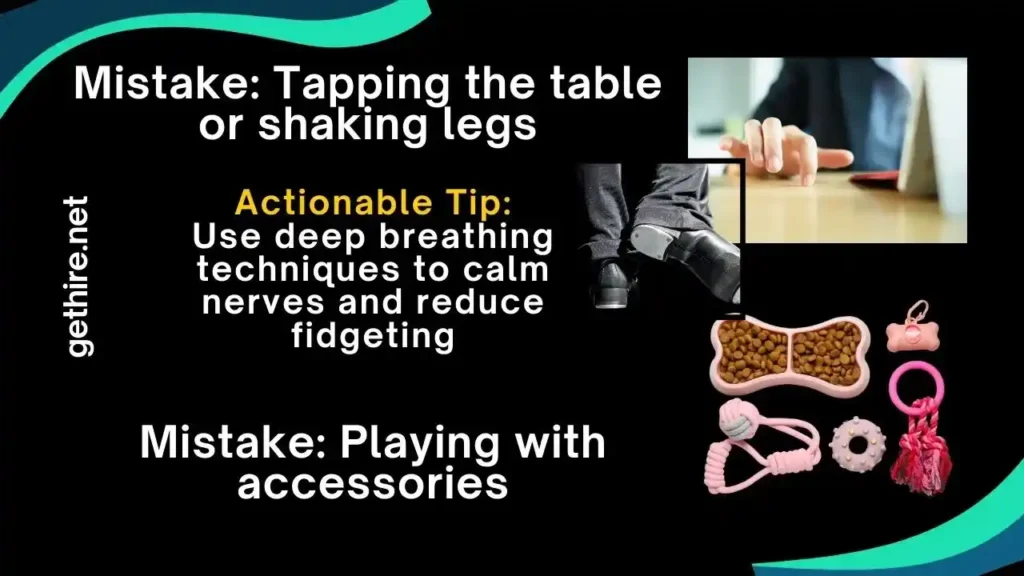
Common Mistakes and Solutions:
Mistake: Tapping the table or shaking legs
- Impact: Distracts interviewers and signals nervousness.
- Solution: Keep your feet firmly on the ground and your hands still.
Mistake: Playing with accessories
- Impact: Shows a lack of focus.
- Solution: Remove distractions before the interview.
Actionable Tip:
Use deep breathing techniques to calm nerves and reduce fidgeting.
7. Practice Breathing Control
Controlling your breathing helps you stay calm and composed.
Common Mistakes and Solutions:
Mistake: Rapid, shallow breathing
- Impact: Can increase nervousness.
- Solution: Practice deep breathing techniques, such as the 4-7-8 method.
Actionable Tip:
Take a slow, deep breath before entering the interview room.
8. Subtle Mirroring
Mirroring the interviewer’s body language helps build rapport.
Common Mistakes and Solutions:
Mistake: Obvious or exaggerated mirroring
- Impact: Can appear unnatural.
- Solution: Focus on subtle and natural mirroring.
Mistake: Not mirroring at all
- Impact: Can create a disconnect.
- Solution: Pay attention to the interviewer’s posture and gestures.
Actionable Tip:
Practice mirroring during conversations with friends or colleagues.
Pros and Cons of Body Language Tips in Interviews
| Pros | Cons |
|---|---|
| Creates a strong first impression | Requires constant awareness |
| Builds trust and rapport | Can be misinterpreted |
| Enhances communication | May feel unnatural at first |
Key Takeaway
Mastering body language is a crucial aspect of interview success. By practicing good posture, maintaining eye contact, controlling nervous habits, and using appropriate gestures, you can communicate confidence and competence non-verbally. Remember, practice makes perfect.
Frequently Asked Questions (FAQs) on Body Language Tips
Why is body language important in interviews?
Body language plays a vital role in interviews because it communicates your confidence, enthusiasm, and professionalism—often more powerfully than words. Positive non-verbal cues like posture, eye contact, and gestures can make a strong first impression and enhance the effectiveness of your responses.
How can I improve my posture for interviews?
Sit with your back straight, shoulders relaxed, and feet flat on the floor. Avoid slouching or leaning too far forward or backward. Practicing good posture in front of a mirror or during mock interviews can help build muscle memory.
What should I do if I accidentally fidget during an interview?
If you catch yourself fidgeting—like tapping a pen, bouncing a leg, or adjusting your clothes—pause briefly, take a breath, and gently return to a composed posture. Acknowledging it mentally and redirecting your energy helps regain focus.
How do I avoid overusing hand gestures?
Use hand gestures naturally and sparingly, keeping movements within your torso or shoulder width. Overly animated gestures can be distracting, while controlled movements can reinforce your points and project confidence.
Is it okay to smile during the entire interview?
While smiling is important, constant smiling may appear insincere. Instead, smile warmly at introductions and when appropriate. Let your facial expressions match the tone of the conversation to convey emotional intelligence.
How do I practice maintaining eye contact?
Practice eye contact by looking at the space between a person’s eyes if direct gaze feels uncomfortable. Rehearse with a friend, during video recordings, or in front of a mirror. During virtual interviews, look at the camera—not the screen.
What breathing technique helps reduce interview anxiety?
The 4-7-8 breathing method helps calm nerves:
Inhale through your nose for 4 seconds
Hold your breath for 7 seconds
Exhale through your mouth for 8 seconds
Repeat this a few times before the interview to feel more relaxed and centered.
Can mirroring body language backfire?
Yes, if done too obviously or too quickly, mirroring may seem unnatural or forced. Keep it subtle—mirror posture, tone, or gestures slightly and gradually. When done well, it fosters rapport and psychological alignment.
What is the best way to control nervous habits?
To manage nervous habits like nail-biting or fidgeting:
Practice mindfulness and grounding techniques
Keep your hands lightly clasped when not gesturing
Use deep breathing to stay present
Rehearse interviews in realistic settings
How long does it take to master body language for interviews?
There’s no fixed timeline, but with consistent practice, you can see noticeable improvements in just a few weeks. Recording mock interviews and reviewing your body language can accelerate your learning curve.
What are some body language cues to avoid in interviews?
Avoid:
Crossing your arms, which can seem defensive
Looking down or around the room too often
Touching your face or hair repeatedly
Slouching or leaning back too far, which may seem disengaged
How can I use body language to show enthusiasm and engagement?
Lean in slightly when speaking, nod to show understanding, maintain open hand gestures, and smile at appropriate moments. These cues signal that you’re actively listening and genuinely interested in the role.
Conclusion
Your body language during an interview speaks volumes about your confidence, preparedness, and professionalism. By applying these tips and resolving common mistakes, you can leave a positive impression and increase your chances of landing the job. Remember, small adjustments can make a big difference.
Personal Experience and Thoughts
During my early interview experiences, I struggled with nervous fidgeting and poor eye contact. Through practice and conscious effort, I improved my body language and noticed a significant difference in how interviewers responded. Mastering body language is a skill that takes practice but pays off in confidence and job offers.
Have you ever faced body language challenges in an interview? Share your experiences in the comments below!

